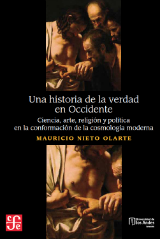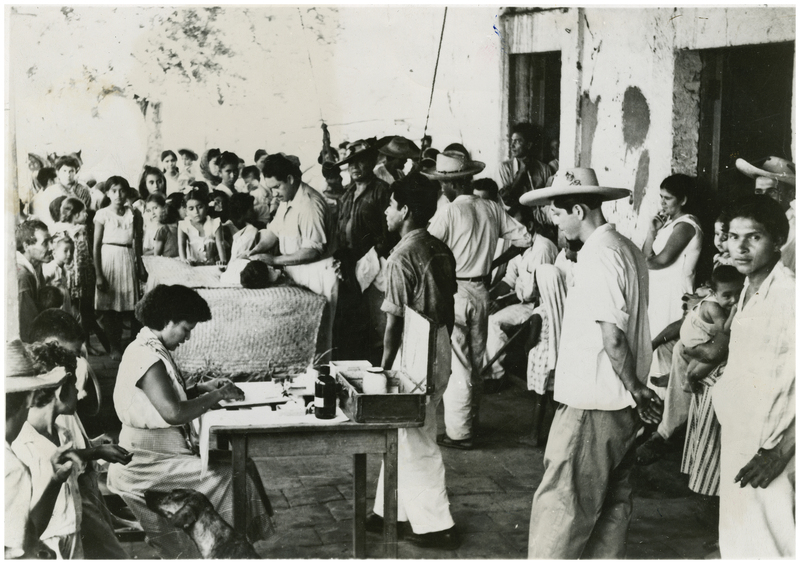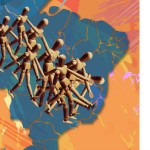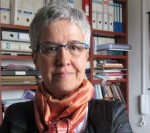July 2023
The history of art therapy and its relationship with hallucinogenic drugs such as LSD is the subject of an article published at the end of 2022, in the special issue Transcultural histories of psychotherapies: new narratives (v. 29, suppl., Dec. /2022).
The article When art therapy went chemical: Alfred Bader, pharmacology, and art brut, c.1950-1970s analyzes how psychopharmacology transformed the relationship between art and psychiatry. It outlines a novel genealogy of art therapy, repositioning its origins in the context of evolving clinical practices and discourses on mind-altering drugs.

Painting made by Viennese artist Hans Hanko in 1975, described by A. Bader (1984) as a poetical vision of a “jardin enchanté”
Evaluating the use of psychotropic drugs in connection with psychopathology of art in the first half of the twentieth century, the article by Jelena Martinovic, Professor and Head of Institut de Recherche en Arts Visuels, at the École de Design et Haute École d’Art, in Switzerland, focuses on two post-Second World War experiments involving psilocybin – a substance that comes from certain types of mushrooms – conducted by psychiatrist Alfred Bader and pharmacologist Roland Fischer. Illustrating how consciousness was foregrounded in discussions about mental health and illness, the examples showcase how psychotherapists increasingly sought to articulate art brut and modernist aesthetics in a neurobiological fashion to define madness as a social disease.
Read in HCS-Manguinhos:
Martinovic, J.. (2022). When art therapy went chemical: Alfred Bader, pharmacology, and art brut, c.1950-1970s. História, Ciências, Saúde-manguinhos, 29, 93–108. https://doi.org/10.1590/S0104-59702022000500007
Shamdasani, Sonu and Facchinetti, Cristiana. Transcultural histories of psychotherapies: new narratives. 2022, v. 29, suppl 1 [Accessed 10 January 2023].
Vol 29, suplemento, Dez, 2022









